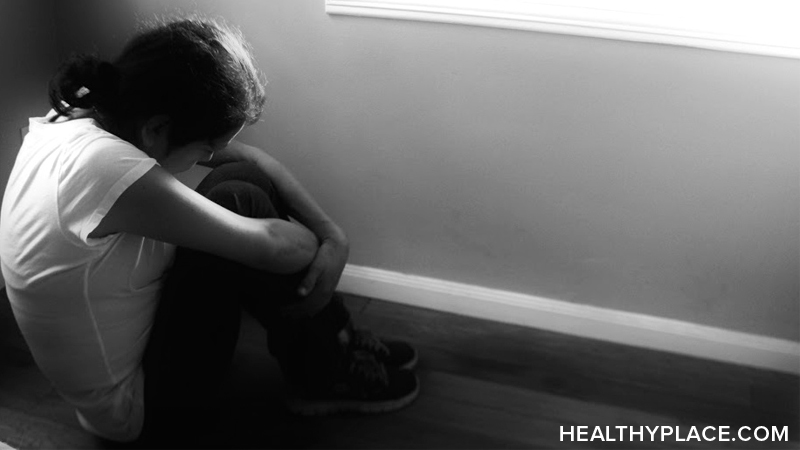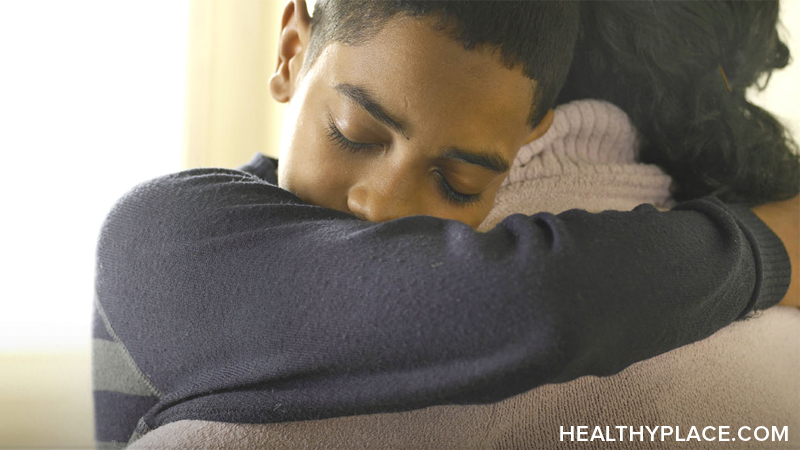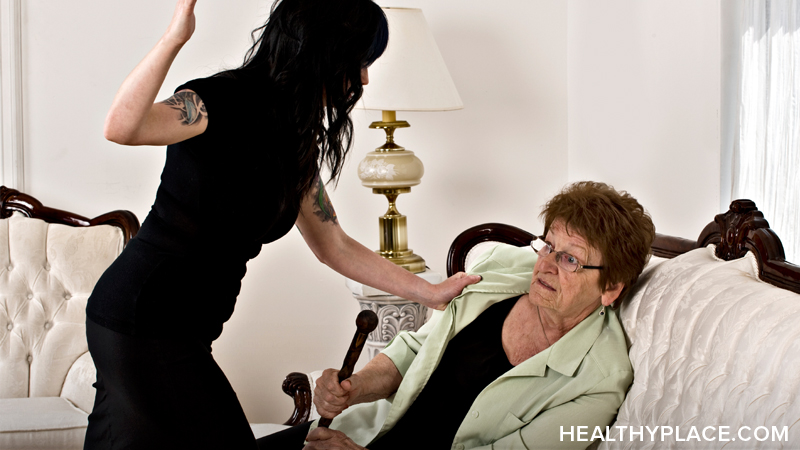What Is Battering?

Battering is also known by the term "domestic violence" and refers to acts of violence between two parties in an intimate relationship. Battering happens in heterosexual and homosexual relationships and either a male or a female can be the batterer or victim. Battering may occur in a marriage or in any other form of relationship.
Batter Definition
Battering is defined as an abusive act between two people and is never okay. Battering often coincides with psychological and sexual abuse.1
- 1.5 million intimate partner rapes and physical assaults occur yearly against women
- 800,000 intimate partner rapes and physical assaults occur yearly against men
What is the Danger of Battering?
Battering is typically not a one-time event. Victims are normally battered many times by the same person. A 2000 survey showed that women are typically battered 6.9 times and men are battered 4.4 times by the same person.
Moreover, the level of violence tends to increase as the battering continues. What may start out as a slap or a push may escalate into beating or worse. While most incidences of battering are at the less severe end of the scale, battering can, and does, sometimes result in death.
- In 2002, approximately 11% of homicide victims will killed by an intimate partner – three-quarters of these being women
Children who witness the battering are also at great risk even if they, themselves, are not the victims of the physical violence. Girls who witness battering are more likely to grow up and be in battering relationships and boys are more likely to grow up into batterers themselves. (read Effects of Domestic Violence on Women and Children)
Battering also puts the victim at a major risk of homelessness with one study indicating that half of homeless women were fleeing batterers. In spite of the safety nets put in place, like battered women shelters and social services, battering victims still often find that they have nowhere to go. This may also result in them needing to leave the children with the batterers as they have no place to house their children.
Who Gets Battered?
Any man or woman in a relationship can be battered and batterers can come from any religious, racial or socioeconomic group. Women are at greater risk with women between the ages of 16 and 24 being at the highest risk in terms of age. (see Teenage Dating Violence) Additionally, the greater the difference in age between the wife and the husband, the greater the risk of battering escalating into homicide.
Pregnant women are also at high risk of battering. It may be the case that during this time their partner feels displaced in importance and so the battering increases. Four to eight percent of pregnant woman report being abused at least once during pregnancy. This can result in pregnancy complications and even the death of the fetus. A study in Maryland found that homicide was the leading cause of death among pregnant women, whereas, for non-pregnant women, it was the fifth leading cause.
APA Reference
Tracy, N.
(2021, December 17). What Is Battering?, HealthyPlace. Retrieved
on 2025, May 21 from https://www.healthyplace.com/abuse/domestic-violence/what-is-battering








